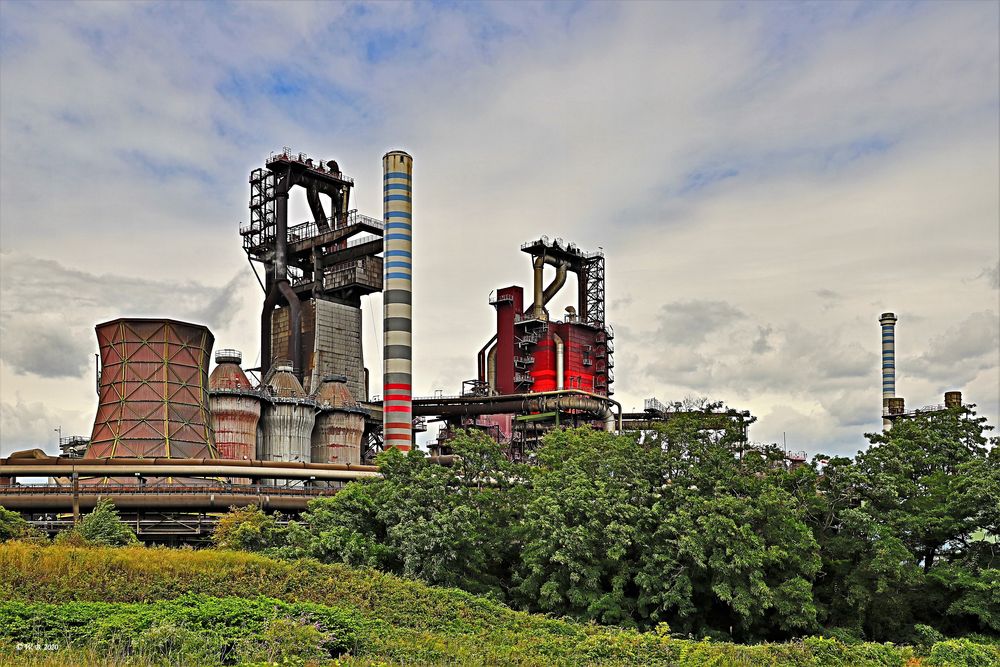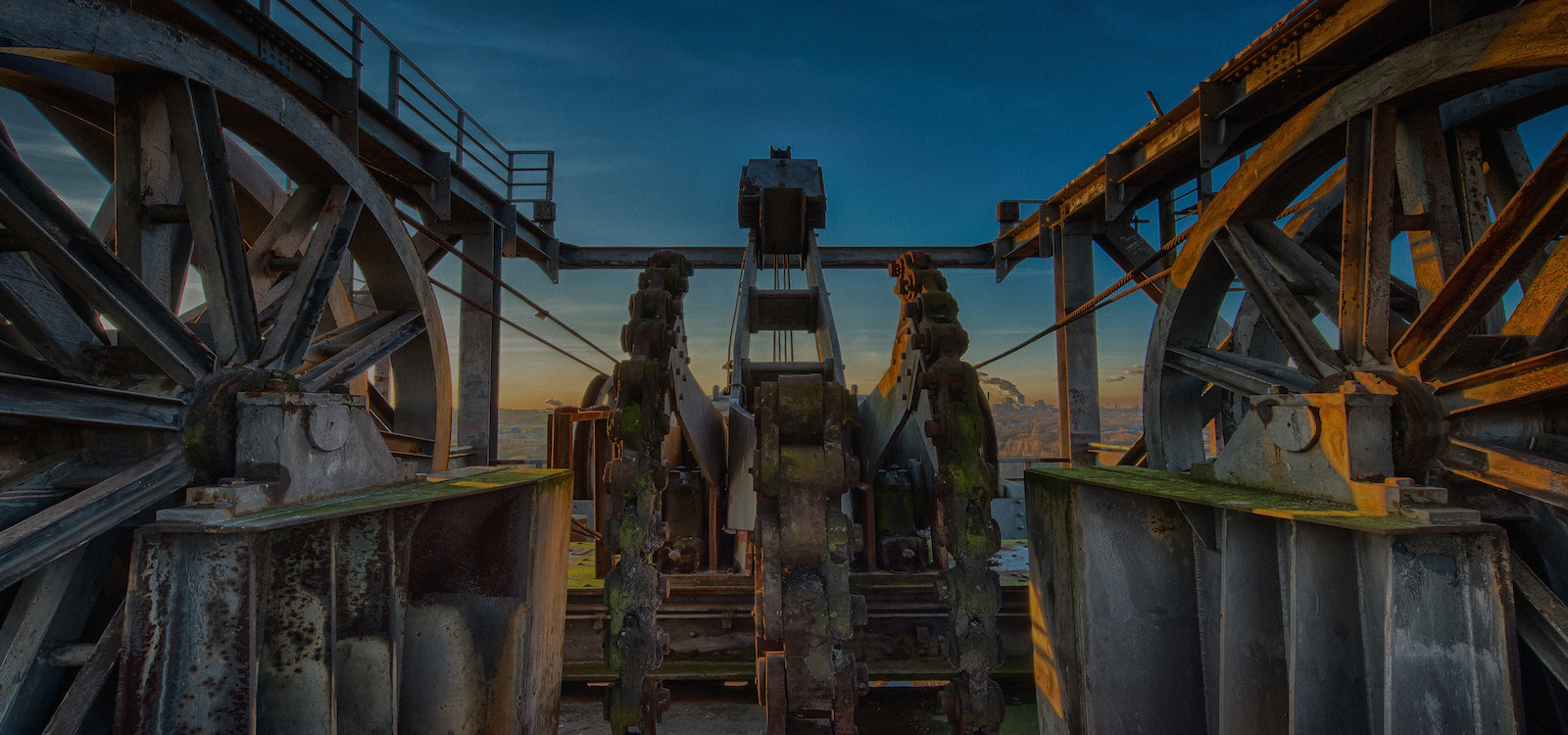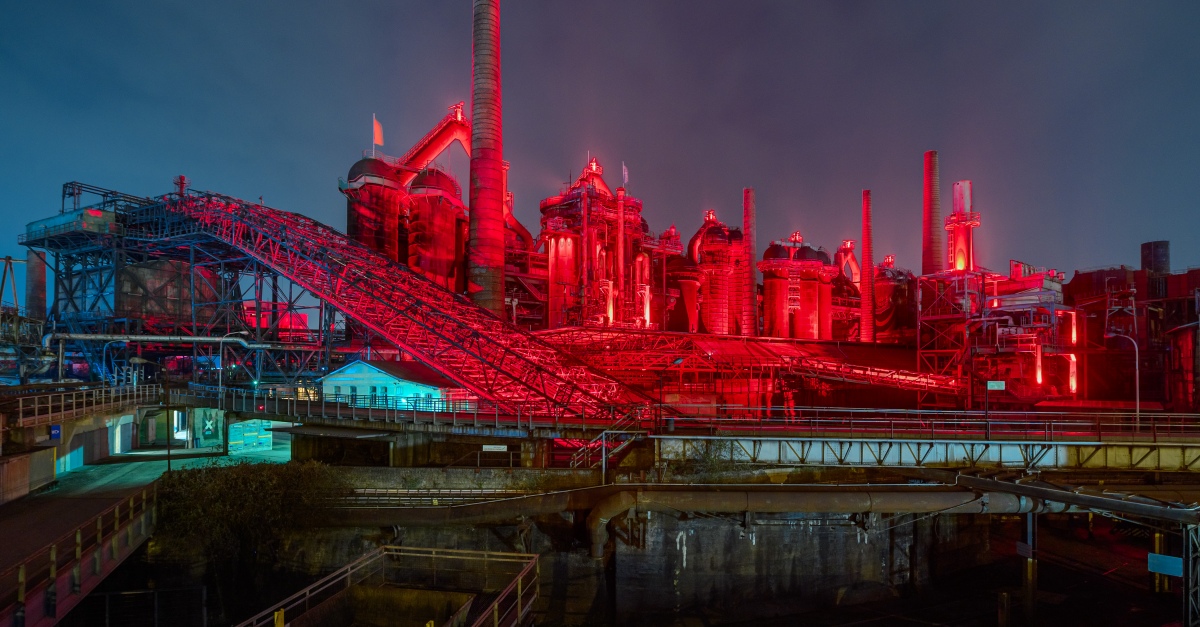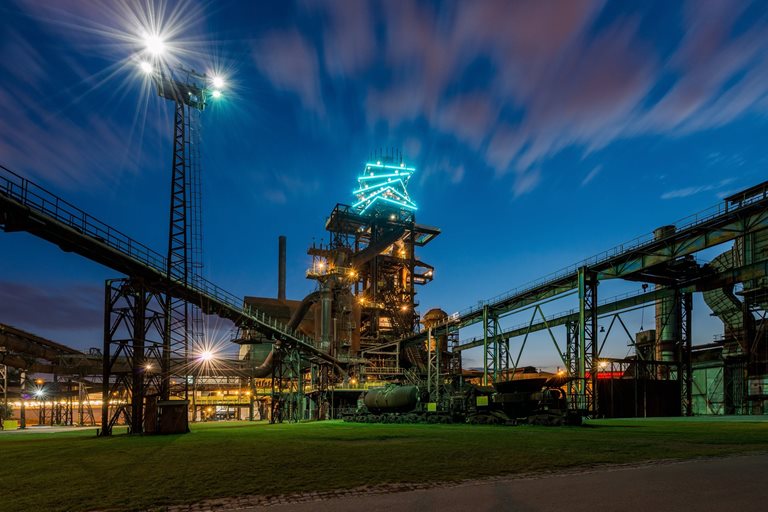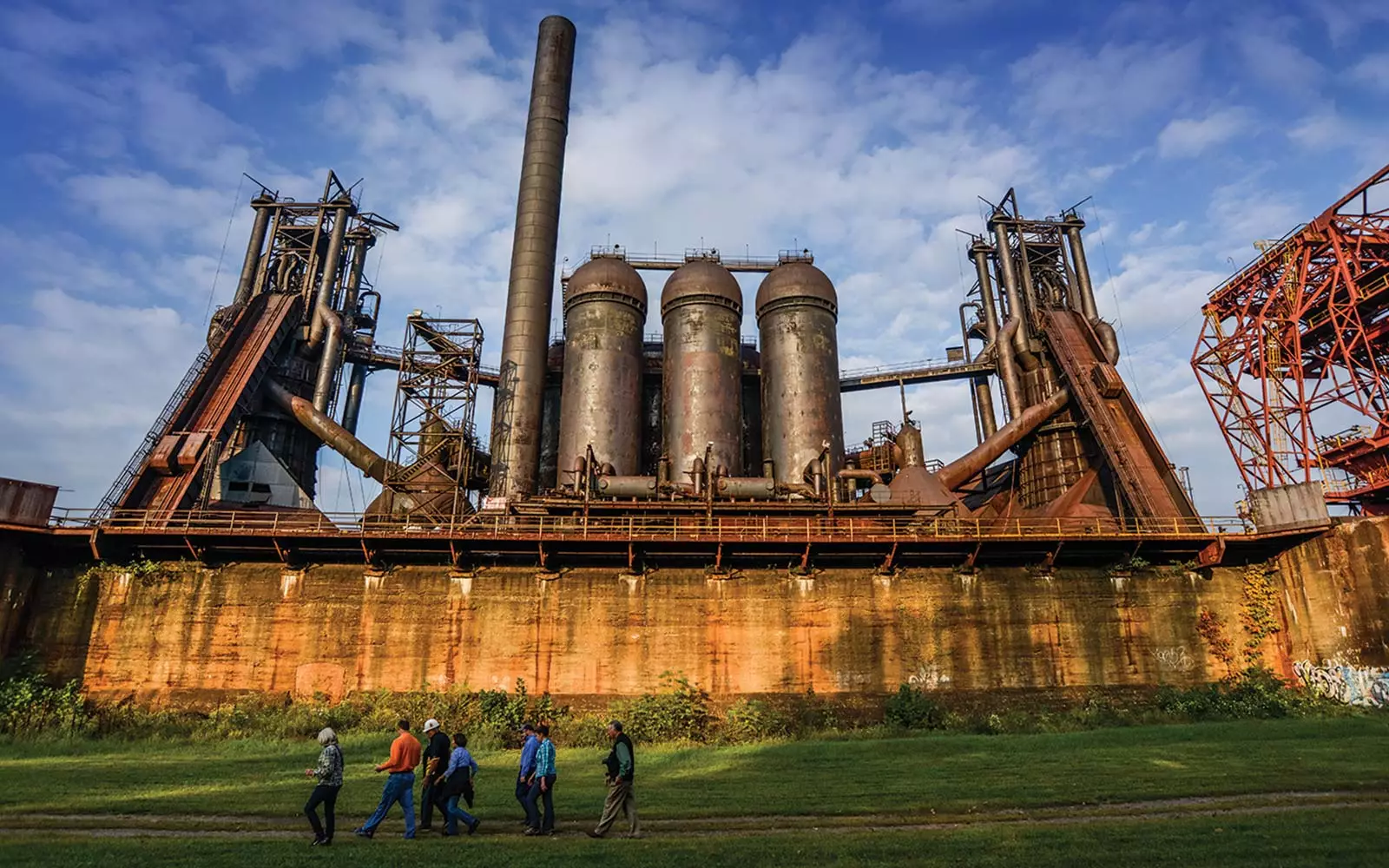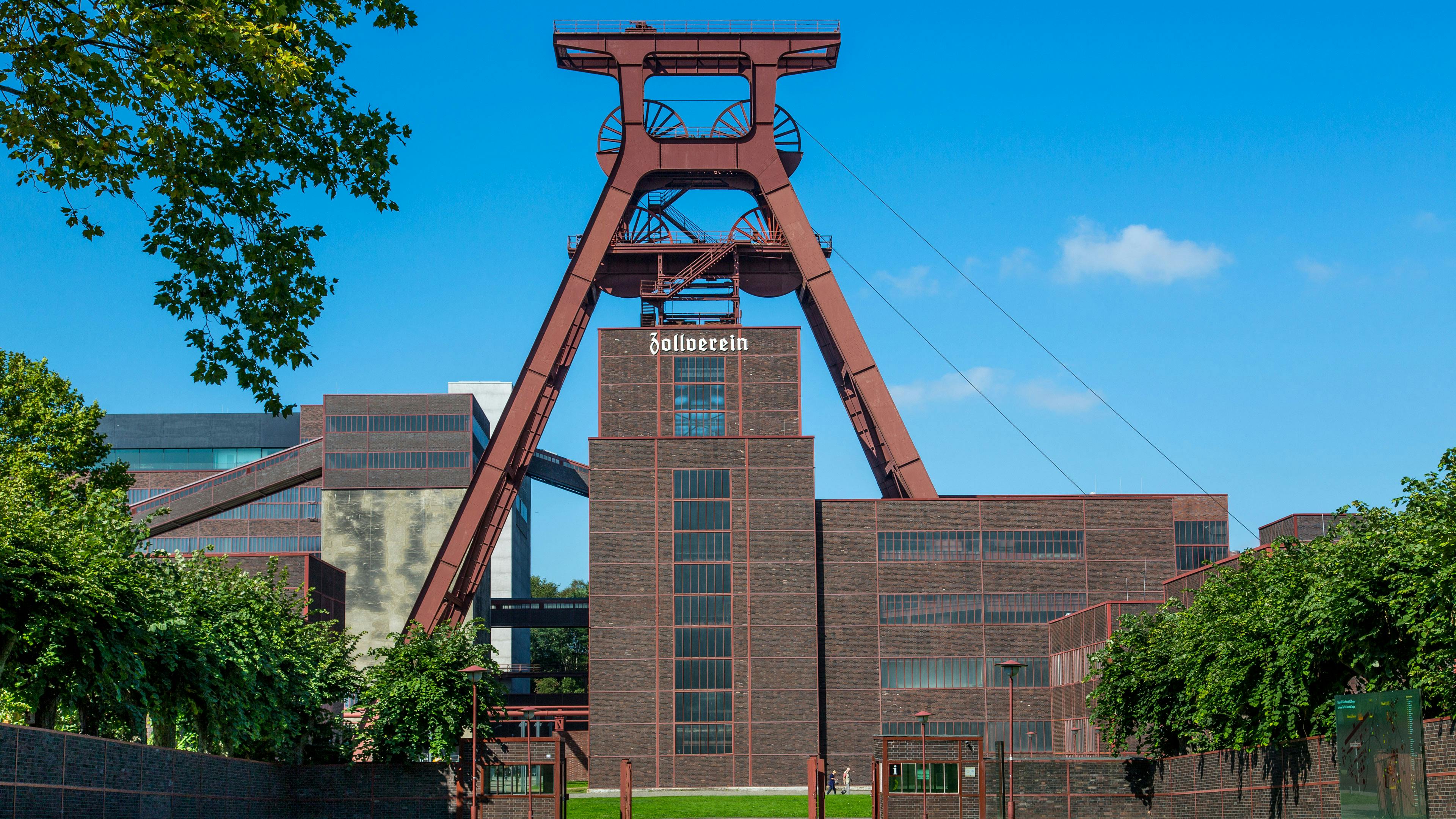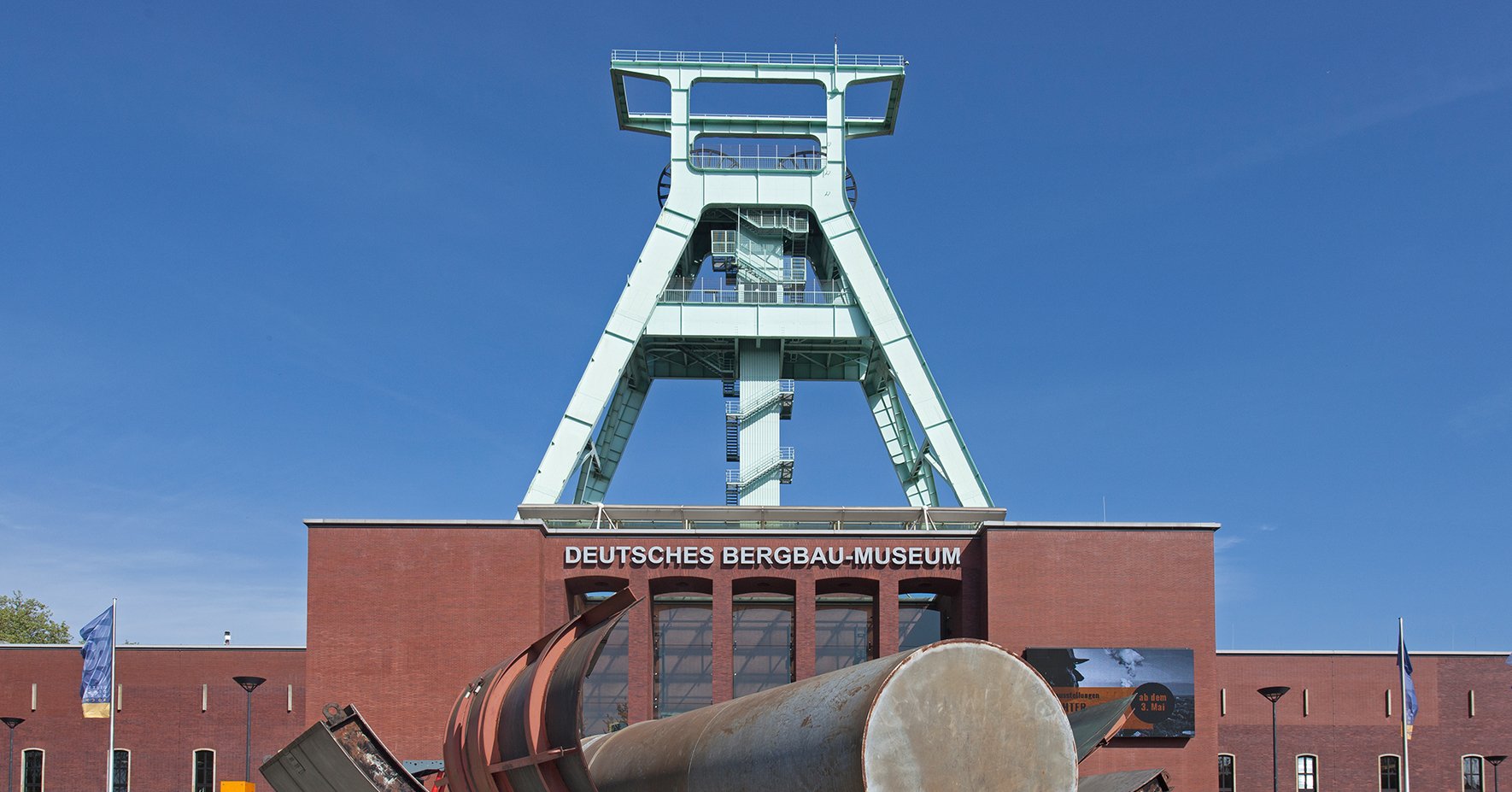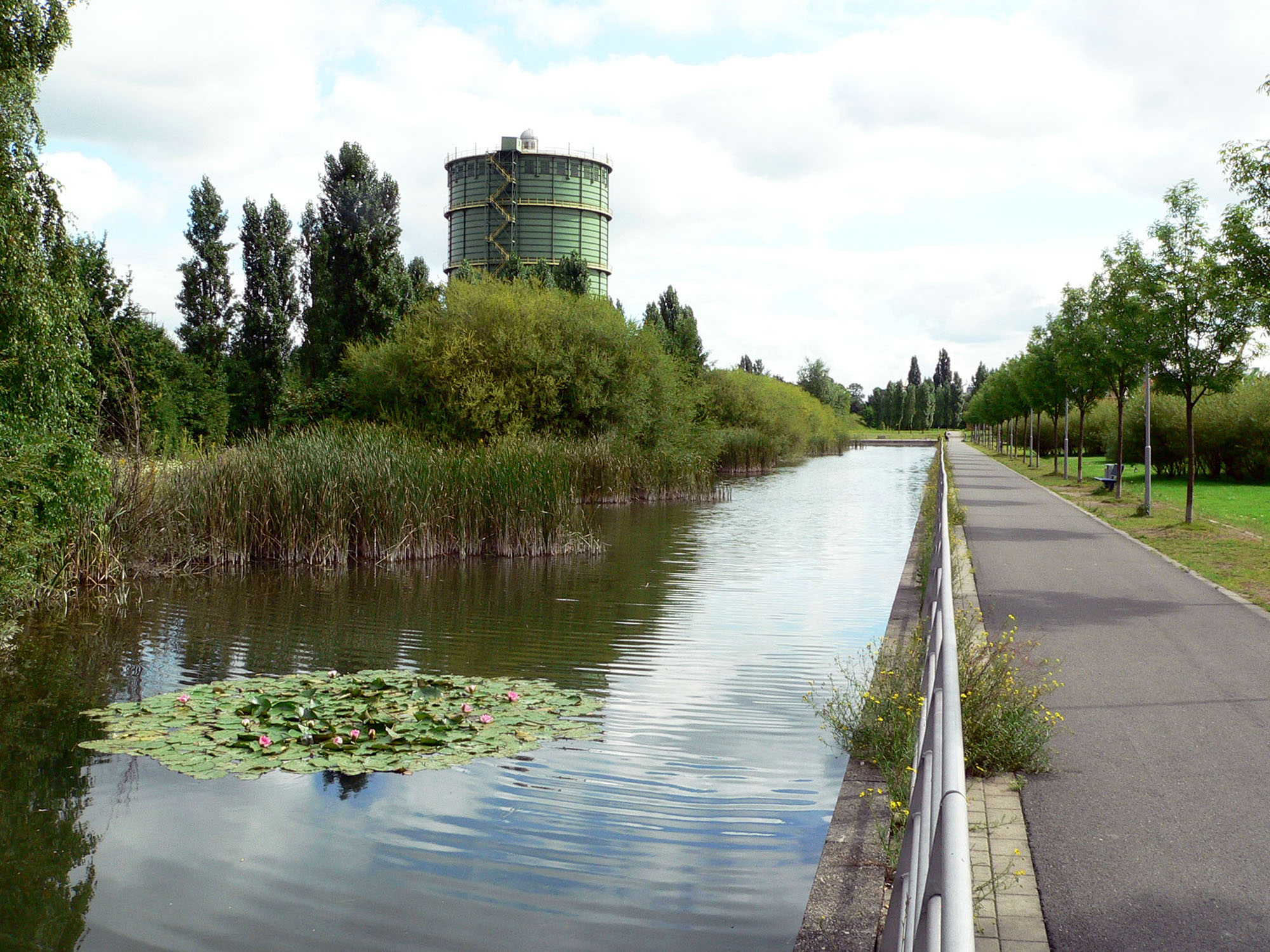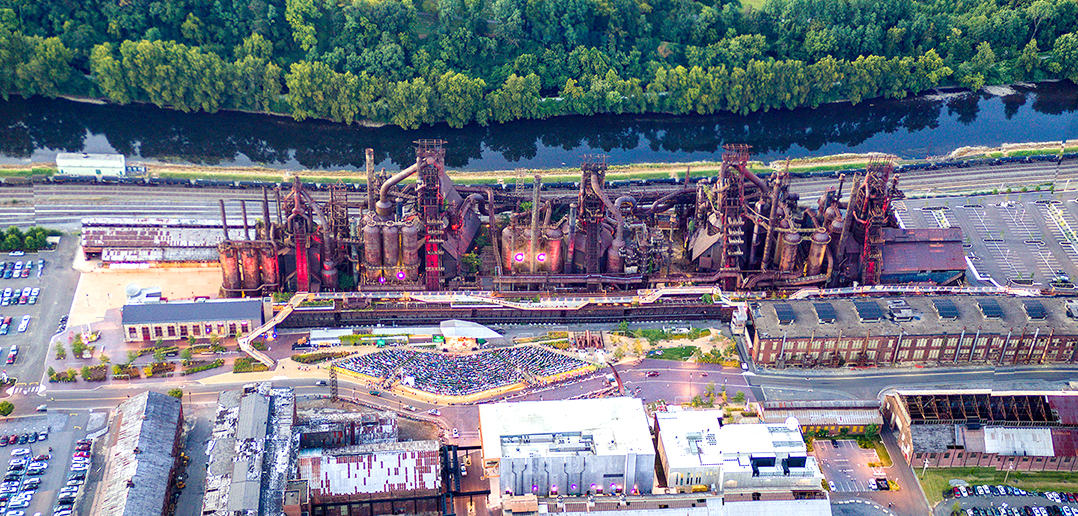I started a thread on this topic many years ago on the old Allspark forums. For obvious reasons, that thread is long gone, so I'd like to start a new one.
My personal backstory: I was born, grew up and still live in Duisburg, Germany. My city is part of the Ruhr region, one of the largest agglomerations of heavy industry (traditionally, that meant mostly coal and steel) in Germany. With the transition away from those fields that started decades ago, a lot of companies have either closed down or shifted away to new branches. But even then, not all industrial sites that ceased operations have been demolished, and not all structures left standing have been left to rot. Think of it as "lost places" that aren't truly "lost" - in fact, some of them are legally open for visitors! So essentially, I grew up in an area where the concept I want to focus on in this thread is extremely commonplace, and every city in the area has at least one, usually multiple destinations that are not your typical tourist trap.
And from the research I've done over the past two decades, I know this isn't limited to Germany either. Industrial heritage sites exist in pretty much every European country, and there are even some in the United States and Mexico!
With this thread, I want to discuss not only the places I've seen first hand, but also raise awareness for what might be just in front of your very own doorstep! Things you never paid much attention to, but which might actually make for an interesting day trip.
I especially would like to invite anyone who has actually been to such a place to share their experience! What's the place like? How can any interested visitor gain legal (!) access? What activities are officially possible? Can you recommend the trip?
Generally, I can think of six categories:
1) Currently active sites that offer guided tours to the public
2) Currently active sites that have dedicated areas allowing a good view that are open to the public, free of restrictions (provided you stay in the public area)
3) Abandoned sites that have been converted into public parks with dedicated areas that are open to the public, free of restrictions (provided you stay in the public area)
4) Abandoned sites that have been converted into museums that can be accessed for a reasonable (?) fee
5) Abandoned sites that can be accessed as part of guided tours
6) Abandoned sites that have at least some of the existing structures partially converted and repurposed for a different use (e.g. as office buildings for new businesses)
Combinations of several of the above are also possible.
My personal backstory: I was born, grew up and still live in Duisburg, Germany. My city is part of the Ruhr region, one of the largest agglomerations of heavy industry (traditionally, that meant mostly coal and steel) in Germany. With the transition away from those fields that started decades ago, a lot of companies have either closed down or shifted away to new branches. But even then, not all industrial sites that ceased operations have been demolished, and not all structures left standing have been left to rot. Think of it as "lost places" that aren't truly "lost" - in fact, some of them are legally open for visitors! So essentially, I grew up in an area where the concept I want to focus on in this thread is extremely commonplace, and every city in the area has at least one, usually multiple destinations that are not your typical tourist trap.
And from the research I've done over the past two decades, I know this isn't limited to Germany either. Industrial heritage sites exist in pretty much every European country, and there are even some in the United States and Mexico!
With this thread, I want to discuss not only the places I've seen first hand, but also raise awareness for what might be just in front of your very own doorstep! Things you never paid much attention to, but which might actually make for an interesting day trip.
I especially would like to invite anyone who has actually been to such a place to share their experience! What's the place like? How can any interested visitor gain legal (!) access? What activities are officially possible? Can you recommend the trip?
Generally, I can think of six categories:
1) Currently active sites that offer guided tours to the public
2) Currently active sites that have dedicated areas allowing a good view that are open to the public, free of restrictions (provided you stay in the public area)
3) Abandoned sites that have been converted into public parks with dedicated areas that are open to the public, free of restrictions (provided you stay in the public area)
4) Abandoned sites that have been converted into museums that can be accessed for a reasonable (?) fee
5) Abandoned sites that can be accessed as part of guided tours
6) Abandoned sites that have at least some of the existing structures partially converted and repurposed for a different use (e.g. as office buildings for new businesses)
Combinations of several of the above are also possible.
Last edited:

